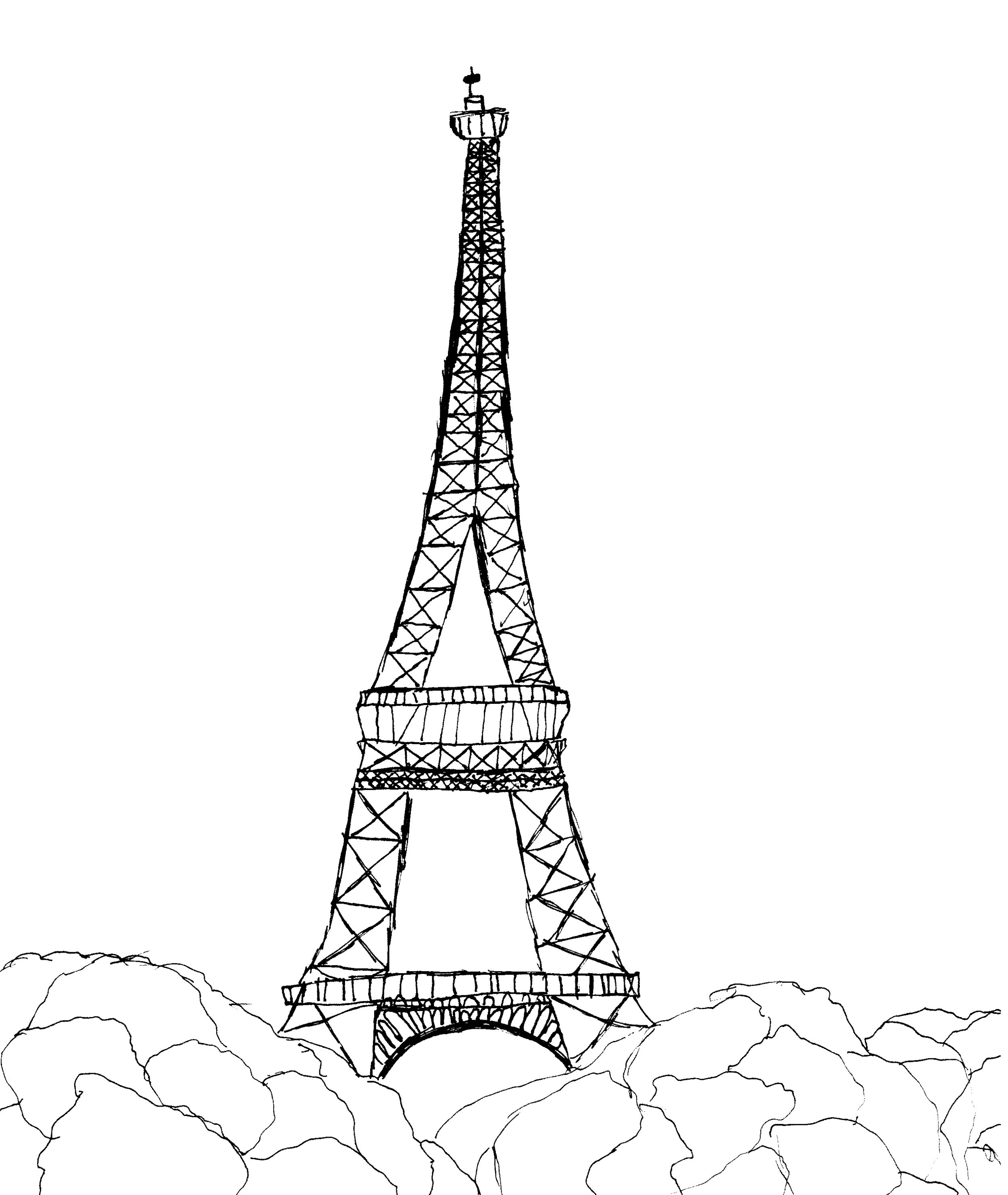European Arts and Crafts
The modern world of mass production belies the continued existence of artistry and expert craftsmanship. Within France, over 150,000 people make their living via arts or crafts ateliers and small businesses. This week, the 19th annual festival of arts and crafts known as Journées européennes des Métiers d’Art (JEMA) is taking place in France and across Europe to celebrate the sector’s vibrancy and breadth. Thousands of events around France showcase nearly 300 forms of expert endeavors as varied as stained glass, ceramics, puppet-making, wood turning, sculpture, clock-making, and embroidery, among others. Artisans are opening their workshop doors to the public, training centers will welcome visitors, and other events that aim to introduce attendees to the skill and dedication of craftspeople are being held in the smallest of villages, mid-size towns, and major cities. In Paris, the Galerie du 19M, Chanel’s design gallery in the 19th arrondissement, is offering tours of several of its workshops and the chance to try your hand at design and creation. Observe stained glass artisans practicing their craft at the Maison du Vitrail on the other side of the city and witness the transformation of silver and metal near the city center at Atelier Camille Orfèvre.
Bayeux Tapestry, coronation of King Harold. Image credit: Myrabella, Public domain, via Wikimedia Commons
This year’s JEMA theme, “Traits d’union”, translates literally as ‘hyphens’ in English while referring to the ties that unite craftspeople and their work to the communities where they live. Centuries ago, arts and crafts methods were passed from one generation to the next to preserve utilitarian and aesthetic traditions. Predecessors of European craft guilds existed under the Roman and Byzantine Empires but their heyday arose during the Middle Ages and the Renaissance. Merchants traveling between villages and towns started to band together for protection before delegating the transport of goods to others in order to establish a regular presence in their home locales. Merchant guilds influenced governments to grant them permission to oversee commerce within and among communities thereby gaining wealth and power.
Ferdinand Berthoud's Marine clock no 2 (1763), now on display at the Musée des Arts et Métiers in Paris. Image credit: Rama, CC BY-SA 3.0 FR, via Wikimedia Commons
Alongside merchant guilds, craft guilds were created as practitioners who already were intertwined through family and apprenticeships formalized standards and rules pertaining to their particular trades. These groups evolved and flourished for several hundred years, but resistance to technological advancements and dynamics that came to prioritize power over products backfired. Over time, guilds came to be considered overly protectionist and unfairly restrictive for low-level apprentices to learn and advance, and they were officially banned in France by the loi Allarde of 1791. This development broke the system but did not eradicate the underlying livelihoods. Both formal and informal apprenticeships continued without all of the rigid requirements that guilds had imposed, and charitable institutions continued to train poor children, orphans, and girls in various crafts and trades. Families and communities that had deep-rooted traditions in particular areas of expertise continued to train young people in the arts and crafts that had sustained generations. And Napoleon Bonaparte retooled French education to include technical and vocational schools that ensured a steady stream of trained tradespeople.
The Industrial Revolution and legal/societal changes that enshrined property rights and patent laws were major factors that contributed to the shift away from guild control over commerce and workers toward a corporate system where employees developed more general skills or were tasked with a specific set of duties within a trade rather than learning all aspects thereof to become a certified artisan. However, centuries of tradition and know-how could not be completely dismissed. Modern commerce may be dominated by standardization and economies of scale, but numerous pockets of skilled, handcrafted production persist all around France. JEMA offers the opportunity to meet artisans and craftspeople, learn about the design and production process, tour training centers and studios, and more deeply connect with the end-to-end journey that brings a treasured work of art into someone’s home.
The steps in the process of Alençon needle lace making. Image credit: © Peter Potrowl CC BY-SA 4.0, via Wikimedia Commons
Many regions are still associated with traditional arts and crafts and known for the excellence that their products and services continue to display. Official designations such as Appellation d'origine contrôlée (AOC) certify ingredients and production methods as well as protecting producers so that they can continue to operate in proven ways that are faithful to tradition and terroir.
The featured region of JEMA 2025, Normandy, includes a broad range of sectors such as cheesemaking, copper works, ceramics, lacemaking, and leather goods. Discerning consumers purposely seek out beurre d’Isigny, Calvados, Tricots Saint-James clothing, and Degrenne tableware. The town of Villedieu-les-Poêles has been synonymous with copperware since medieval times whereas further inland lies Alençon, where lace-making has been noted by UNESCO as Intangible Cultural Heritage. For many others dedicated to their craft and those who are interested in encountering arts and crafts traditions, this week of discovery through Journées européennes des Métiers d’Art is an annual occurrence not to be missed.
Jeu de français
Step up your French vocabulary with the Arts et métiers word scramble below. Unscramble the letters to find eleven French words for arts and crafts including many mentioned above such as arts, clock-making, copper work, crafts, and stained glass.
Subscribe to our newsletter to receive Art de vivre posts, information about courses, Conversation Café, special events, and other news from l’Institut français d’Oak Park.




